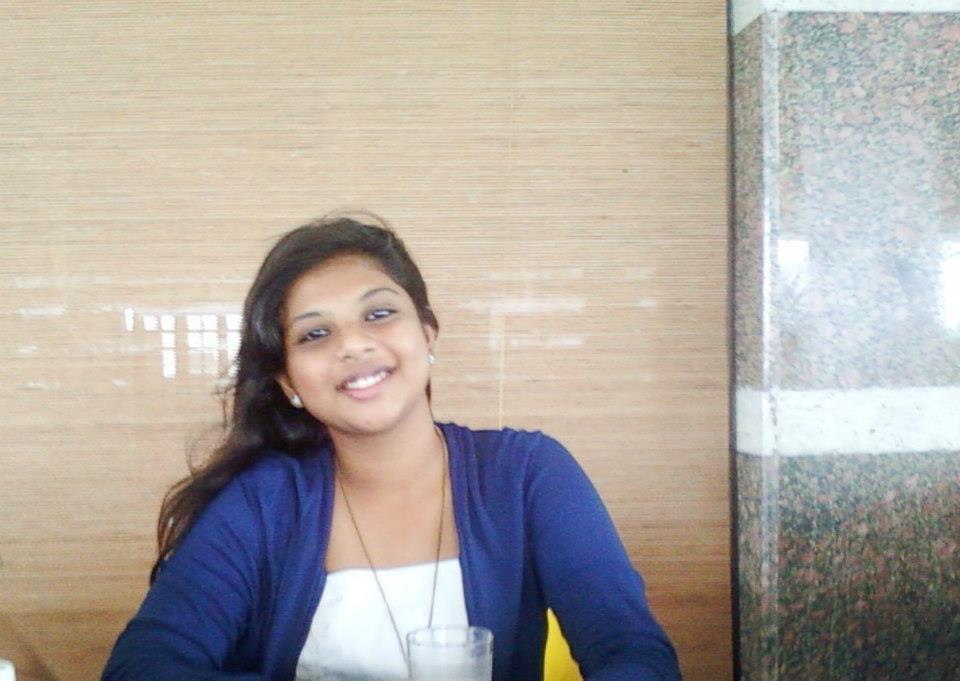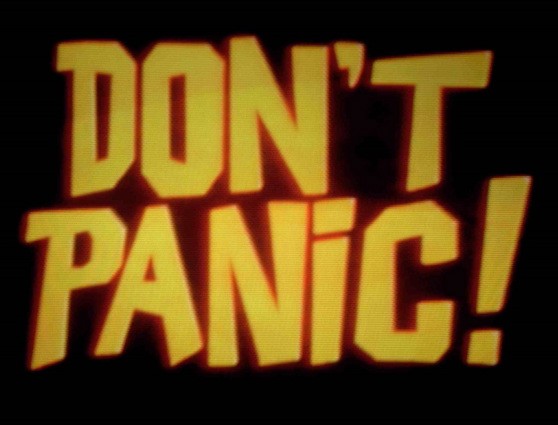The Love Laws
The book I’ve chosen to review is called “The God of Small Things” written by an Indian author, Arundhati Roy. It is the debut novel of the author, falls under the category of fiction and illustrates the caste system and politics prevalent in India at the expense of two children who are torn apart by “Love Laws”. The laws that lay down “who should be loved, and how. And how much”.
The story revolves around the fraternal twins, Rahel and Estha, in a town named Ayemenem, Kerala. The book explains the setting that caused the twins to separate at the age of seven and the shattering past that leads to an unbridgeable gap between them even after 24 years. Most of the story is told from the viewpoint of the twins whose interpretations crossed the mundane thoughts.
Ammu, desperate to escape from her father who is referred to as Pappachi in the book and has no money for dowry, convinces her parents to let her spend a summer with a distant aunt in Calcutta. There, at a wedding reception, Ammu meets her future husband who assists managing a tea estate. She writes to her parents informing them of their decision and marries him. She later discovers that her husband is a heavy alcoholic, who physically abuses her and attempts to prostitute her to his boss in order to keep his job. With her two kids, Rahel and Estha, she, eventually, returns to live with her mother (referred to as Mammachi in that book), baby aunt called Baby Kochamma, and brother, Chacko, in Ayemenem. Chacko, while studying at Oxford, falls in love with Margaret. After the birth of their first child, Margaret divorces Chacko because she fell out of love with him. She, then, marries Joe, who later, dies in an accident. Chacko invites Margaret to Kerala because he couldn’t bear the thought of them being alone. The book explains Margaret’s and Sophie mol’s, Chacko’s child, brief stay in Kerala and how “it’s true that things can change in a day”. It further throws light on the Syrian Christian family’s lifestyle and their perceptions of other castes.
To evaluate and analyze the book and before coming to a conclusion, the positives and negatives are to be listed out to get a better idea as to where the book stands.
Listed below are the positives.
- The book is wise and crafty. The author’s style of writing will leave the reader awe-struck. The book carries a vague sense of presentiment, a premature knowledge of the Terror approaching. It is a melancholy piece of work and its poetic theme is impressive.
- The author has intentionally repeated a few verses which in the beginning trigger your curiosity. But at the end, you get a better idea as to why they were repeated and their significance. They convey the message as it ought to be delivered and do not leave you confused as most wordplays, usually, do.
- In the beginning, the author tells us that the twins’ cousin, Sophie mol, is dead. Throughout, there is dark mystery surrounding it. The main part of the story is not revealed till the end. But the book keeps you on a tight leash and is successful in keeping you curious about the ending while enjoying the narration in between.
- The evils still prevalent in the Indian society are described very well. The author has effectively explained the caste system and Indian politics. She has also cleverly portrayed the status of women in India and explains how a boy child and girl child are treated differently in the same family.
Despite all this, the book has its share of negatives.
- The author has made some absurd comparisons which somehow didn’t fit. She compared unusual things, which might be regarded as creativity by few, but came across as disturbing. Though this isn’t a major flaw, almost unnoticeable, it kind of pricks throughout.
- The author hasn’t mastered the art of thinking from a child’s perspective. Rahel and Estha are the two main characters. They seem too mature even for seven-year-old geniuses. The author has tried to make them look smart but has overdone this. As a result, the characters display a complex element of eccentricity instead of appearing clever. The author, well aware of the dangers involved while choosing children as the main characters, didn’t capture it right. Child psychology isn’t everybody’s cup of tea and is a very complicated subject to deal with. This is a major flaw. None of the positives can compensate this.
- The author has tried to make us sympathize with Rahel. She is portrayed as a girl who underwent a troubled childhood. She grows up to be a girl who is expelled from school because of her behavior. Though it is clear to us that the author wants us to pity Rahel, she hasn’t done this through clever choice of words. Instead, we understand the character and figure out what the author means.
- The author’s language is unpardonable at some places. She has used some inappropriate words at all the wrong places. Inappropriate words can be forgiven or ignored. But some sentences were very unpleasant and vulgar. To understand this, you will have to read the book.
- The author has used way too many metaphors. Her continuous use of metaphors and repeated personification can make you lose your chain of thought. At one point, you might find yourself stranded and confused.
- Narrative structure could have been better. Every alternate chapter takes you back to the past. Though it isn’t confusing, at the beginning of every chapter, you will find yourself pausing to catch up.
Hence, this book leaves you with mixed feelings. At the end, you are unsure of whom to blame for the death of the Sophie mol. The hype surrounding the book sets the bar too high and it comes crashing down because of the expectations you’ve developed. Therefore, it can be regarded as a mediocre book.




